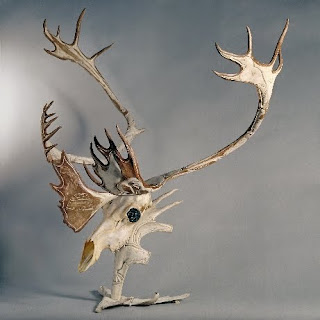
The Inupiat Art makes an illegal for American citizens to import any ivory or whalebone from outside of the United States. Americans citizens wouldn't be allowed to purchase any artwork that contained ivory or whalebone from Canada and have it brought or shipped back to the United States. Where the act stands now allows American citizens to purchase similiar artwork from Alaska since it is part of the United States. Exporting Inuit art sculptures contains whalebones and ivory that's from Canada to other international destinations will depend on each specific country as each has its own specific regulations.
Reference:Leung, C. (2005) Export-Import of Inuit Eskimo Art Sculpture Containing Whalebone or Ivory. http://ezinearticles.com/?Export---Import-of-Inuit-Eskimo-Art-Sculpture-Containing-Whalebone-or-Ivory&id=23374




